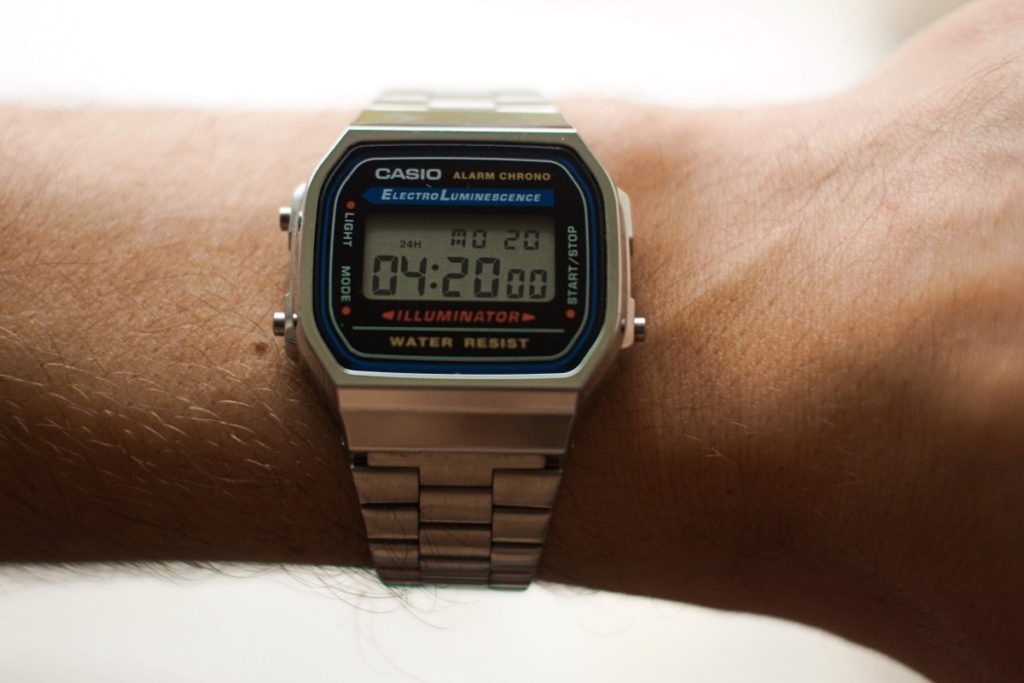
It’s April, so naturally, as a provisioning center, we are gearing up for some major 420 celebrations! Like any great tradition, there are plenty of myths and misconceptions about the holiday and its origins. Some people believe it references a police or penal code for cannabis use, although there is no real evidence to support this. Another theory claims that there are 420 active chemicals in cannabis, but the real number is closer to 500. Some folks have drawn connections to Bob Dylan songs, Bob Marley’s death, Adolf Hitler’s birthday, tea time in Holland, and even a 1939 HP Lovecraft short story featuring “curious mirage-plants” that intoxicate the narrator at 4:20. However, when you get down to it, none of these theories really hold water. So where did 420 come from and how did it come to be a global symbol for cannabis culture?
The generally agreed upon history goes something like this: San Rafael, California, 1971. A group of five high school students known as the Waldos, due to the frequency with which they hung out by a wall outside of their school, liked to smoke weed. In the fall semester of 1971, the Waldos caught word that local Coast Guard member Gary Newman had planted and abandoned a large crop of cannabis in nearby Point Reyes Forest. They were provided with a treasure map of sorts, supposedly leading to the crop of free weed, and decided to search for it after school. The Waldos would meet at least once a week at the Louis Pasteur statue outside their high school at 4:20 pm to smoke and search Point Reyes for the plants. They would remind each other in the hallways of the plan – starting with “4:20 – Louis,” and eventually just “4:20.”
The Waldos never did find the abandoned garden, but they did smoke a lot of pot and inadvertently stumbled upon a code word that allowed them to discuss smoking without their parents or teachers knowing. The phrase started to spread – around the school at first, and then beyond. The Waldos had several connections to The Grateful Dead, and were often around practices and backstage at shows. One of The Waldos even wound up touring as a roadie with The Grateful Dead after high school. The band adopted the term, and started referencing it at shows across the country, and at some point fans started handing out flyers talking about 420 at concerts. The term “420” came to be used as code for all sorts of conversations related to cannabis, and a way to identify like-minded individuals. 1971 was also the year President Nixon launched his infamous War on Drugs, so the pro-cannabis counterculture was happy to have a code word and signifier for their movement.
420 became a calling card and a protest of social and legal stigma against weed, as well as shorthand for the counterculture movement that was also against broad systemic issues in the US, such as the power of corporations and wars overseas. In 1990, a 420 flyer from a Grateful Dead show was published in The High Times, solidifying the term 420 and spreading it far beyond California and the United States. The number has become so popular that Colorado transportation officials had to remove the 420 mile marker on Interstate 70 because it kept getting stolen. In 2003, when the California legislature passed a bill legalizing medical marijuana, the bill was named SB 420, which was likely the work of a proud congressional staffer.
Today, 4/20 is celebrated across the country (and world) and is becoming more mainstream as more and more states legalize and embrace cannabis. At Cloud, we’re celebrating all month long. Be sure to check out our April Bundle for special savings on a 4/20 starter kit, and keep an eye on social media and other communications from your local Cloud store for details on more festivities.
